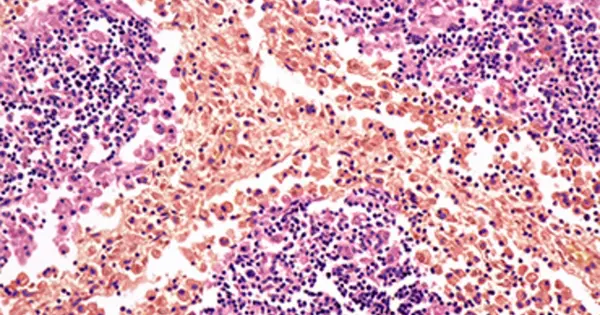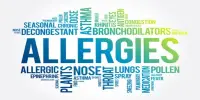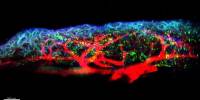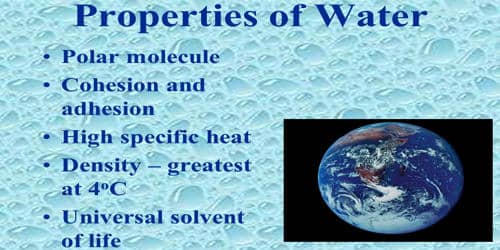Environmental monitoring can be an effective low-cost approach for typhoid fever surveillance, particularly in areas where the disease is endemic and traditional surveillance methods are limited.
Researchers can properly identify where typhoid fever cases are most prevalent by analyzing environmental samples for viruses known as bacteriophages, which infect the bacterium that causes typhoid fever. Senjuti Saha of the Child Health Research Foundation in Bangladesh and colleagues present their findings in a new article published in the open access journal PLOS Neglected Tropical Diseases.
Typhoid fever is a frequent infection in many low- and middle-income countries, resulting in an estimated 135,000 deaths and 14 million infections worldwide each year. The World Health Organization has prequalified two typhoid vaccines, but governments must develop effective immunization efforts based on reliable, high-resolution estimates of where the burden is greatest.
The new findings show that detecting bacteriophages specific for Salmonella Typhi could be a quick environmental surveillance tool that could assist decision makers in determining the presence of typhoid fever in the community. The researchers argue that bacteriophage environment monitoring could be a simple, low-cost, and scalable method to help policymakers make typhoid control decisions.
Traditionally, individuals have cultivated the bacterium that causes typhoid fever from blood samples to discover where the sickness is most prevalent, but in the current study, researchers attempted a more cost-effective surveillance strategy. They investigated environmental water samples from sewage plants and other areas for bacteriophages unique to Salmonella Typhi, the water-borne bacterium that causes typhoid illness.
The team tested 303 water samples from two locations in Bangladesh: the urban capital city, Dhaka, and a rural district, Mirzapur. They found that bacteriophages specific for Salmonella Typhi were present in 31% of environmental samples in Dhaka, compared to just 3% of samples from Mirzapur. This corresponds to results from more than 8,400 blood cultures, in which 5% of cultures from Dhaka and 0.05% from Mirzapur tested positive.

The new findings show that detecting bacteriophages specific for Salmonella Typhi could be a quick environmental surveillance tool that could assist decision makers in determining the presence of typhoid fever in the community. The researchers argue that bacteriophage environment monitoring could be a simple, low-cost, and scalable method to help policymakers make typhoid control decisions.
According to the authors, “Looking for bacteriophages in wastewater is a low-cost method for identifying typhoid hotspots without doing expensive blood cultures on thousands of people.”
By integrating environmental monitoring into existing surveillance systems, public health authorities can improve their ability to detect and respond to typhoid outbreaks promptly. This approach can be particularly valuable in resource-limited settings where traditional clinical surveillance may be challenging to implement effectively.
Environmental Monitoring provides a Low-cost Method for Typhoid Fever Surveillance
Environmental monitoring can be an effective low-cost approach for typhoid fever surveillance, particularly in areas where the disease is endemic and traditional surveillance methods are limited.
Researchers can properly identify where typhoid fever cases are most prevalent by analyzing environmental samples for viruses known as bacteriophages, which infect the bacterium that causes typhoid fever. Senjuti Saha of the Child Health Research Foundation in Bangladesh and colleagues present their findings in a new article published in the open access journal PLOS Neglected Tropical Diseases.
Typhoid fever is a frequent infection in many low- and middle-income countries, resulting in an estimated 135,000 deaths and 14 million infections worldwide each year. The World Health Organization has prequalified two typhoid vaccines, but governments must develop effective immunization efforts based on reliable, high-resolution estimates of where the burden is greatest.
The new findings show that detecting bacteriophages specific for Salmonella Typhi could be a quick environmental surveillance tool that could assist decision makers in determining the presence of typhoid fever in the community. The researchers argue that bacteriophage environment monitoring could be a simple, low-cost, and scalable method to help policymakers make typhoid control decisions.
Traditionally, individuals have cultivated the bacterium that causes typhoid fever from blood samples to discover where the sickness is most prevalent, but in the current study, researchers attempted a more cost-effective surveillance strategy. They investigated environmental water samples from sewage plants and other areas for bacteriophages unique to Salmonella Typhi, the water-borne bacterium that causes typhoid illness.
The team tested 303 water samples from two locations in Bangladesh: the urban capital city, Dhaka, and a rural district, Mirzapur. They found that bacteriophages specific for Salmonella Typhi were present in 31% of environmental samples in Dhaka, compared to just 3% of samples from Mirzapur. This corresponds to results from more than 8,400 blood cultures, in which 5% of cultures from Dhaka and 0.05% from Mirzapur tested positive.
Environmental monitoring offers low-cost tool for typhoid fever surveillance
The new findings show that detecting bacteriophages specific for Salmonella Typhi could be a quick environmental surveillance tool that could assist decision makers in determining the presence of typhoid fever in the community. The researchers argue that bacteriophage environment monitoring could be a simple, low-cost, and scalable method to help policymakers make typhoid control decisions.
According to the authors, “Looking for bacteriophages in wastewater is a low-cost method for identifying typhoid hotspots without doing expensive blood cultures on thousands of people.”
By integrating environmental monitoring into existing surveillance systems, public health authorities can improve their ability to detect and respond to typhoid outbreaks promptly. This approach can be particularly valuable in resource-limited settings where traditional clinical surveillance may be challenging to implement effectively.
















